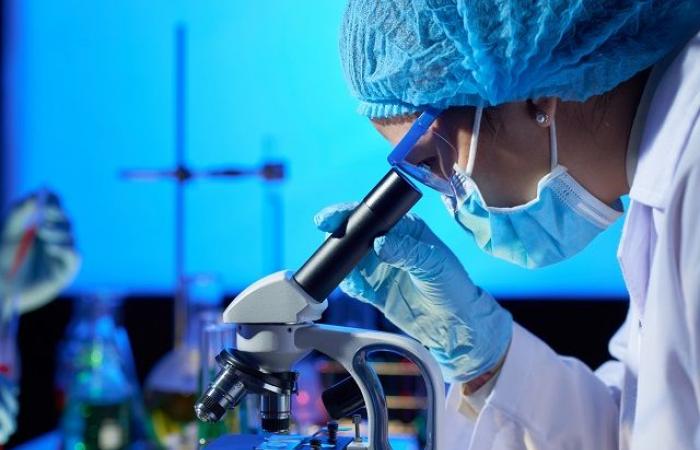Predictive microbiology is a constantly evolving branch that offers crucial tools for the food industry, allowing predict the useful life of products with unprecedented precision.
This approach not only improves food safety, but also optimizes production, packaging and distribution processes.
Importance of predictive microbiology in the food industry
Predictive microbiology focuses on the use of mathematical models and statistics to predict the behavior of microorganisms in foods. This is essential to ensure the safety and quality of products from production to consumption.
Furthermore, with the increasing demand for safe, high-quality food, companies must adopt advanced technologies to stay competitive.
Mathematical models in predictive microbiology
Predictive models are based on experimental data to predict the growth, survival and death of microorganisms under various conditions, these models allow manufacturers anticipate safety and quality problems, thus optimizing the useful life of the products.
Types of models used
- Empirical Models: They are based on direct experimental observations and offer accurate predictions under specific conditions.
- Mechanistic Models: They consider the underlying biological mechanisms of microbial growth, providing a deeper understanding of the processes.
Recent advances in predictive microbiology
Artificial intelligence and machine learning
The use of artificial intelligence (AI) and machine learning is revolutionizing predictive microbiology. These technologies make it possible to analyze large volumes of data and improve the accuracy of predictive models.
AI applications in the food industry
- Optimization of Production Processes: AI helps identify and correct inefficiencies in real time.
- Improving Food Safety: Algorithms can predict pathogen outbreaks and prevent contaminations.
Big Data Integration
The integration of Big Data into predictive microbiology facilitates the analysis of long-term trends and the identification of emerging patterns. This is essential to develop proactive strategies in managing food safety and quality.
Practical applications in the food industry
A dairy company implemented AI-based predictive models to analyze the growth of bacteria in its products. The results made it possible to adjust storage and transportation conditions, extending the useful life of the products and reducing losses due to deterioration.
Results and benefits
- Loss Reduction: Improved inventory efficiency and waste reduction.
- Increase in Customer Satisfaction: Products of better quality and guaranteed safety.
Future challenges and opportunities
Despite advances, the implementation of advanced technologies in predictive microbiology faces challenges such as systems integration and personnel training. However, these barriers are gradually being overcome with investments in research and development.
Promising Innovations
- Advanced Sensors: Sensors that monitor food quality in real time during transportation and storage.
- Predictive Software: Tools that integrate data from multiple sources to provide more accurate, real-time predictions.
Predictive microbiology is transforming the food industry, offering advanced tools to predict and improve the shelf life of products, the integration of AI, Big Data and precise mathematical models is taking food safety and quality to new levels.
Continue reading: Microbiological quality control in chicken meat processing plants


